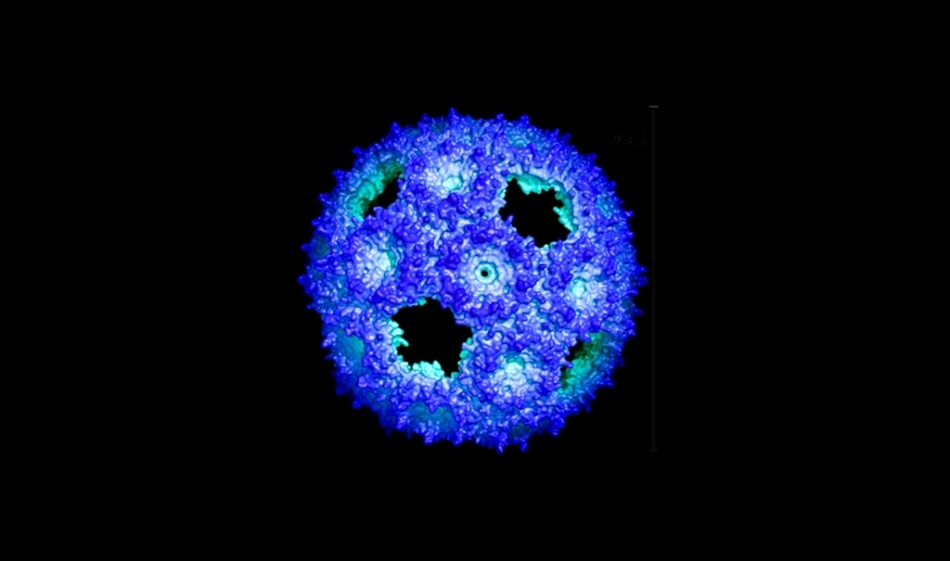May 3 2019
Bacteria present in the earth have nanometer-sized factories that perform several different things.
 (Image credit: Michigan State University)
(Image credit: Michigan State University)
Some produce nutrients, and others separate poisonous materials that could harm the bacteria. Only the surface of their functional diversity has been known.
However, all have an outer shell in common—a shell composed of protein tiles—that Michigan State University scientists are researching how to employ in the lab. This will enable them to develop factories of their own design, with the help of the natural building blocks. In fact, researchers view the structures as a foundation for innovative technologies. They are attempting to remodel them to carry out tasks they don’t do in nature.
In a new research, the lab of Cheryl Kerfeld describes a new genetically engineered shell, based on natural structures and the principles of protein evolution. The innovative shell is simpler and is composed of only a single designed protein. It will be simpler to work with and, possibly, even develop in the lab. The work is reported in ACS Synthetic Biology.
Natural shells are composed of around three kinds of proteins. The most abundant is known as BMC-H. Six BMC-H proteins assemble to create a hexagon shape to tile the wall.
At any point in evolutionary history, some pairs of BMC-H proteins became merged concurrently. Three of these mergers, known as BMC-T, also merge to create a hexagon shape.
The two halves of a BMC-T protein can evolve separately while staying next to each other because they are fused together. This evolution allows for diversity in the structures and functions of BMC-T shell proteins, something that we want to recreate by design in the lab.
Bryan Ferlez, Postdoc, Kerfeld Lab.
By using this natural evolution of shell proteins as a model, the research group developed an artificial BMC-T protein, known as BMC-H2, by joining two BMC-H protein sequences together. The innovative design was successful.
To our surprise, BMC-H2 proteins form shells on their own. They look like wiffle balls, with gaps in the shell.
Sean McGuire, Former Undergraduate Research Student and Technician, Kerfeld Lab.
This is due to the fact that natural shells are icosahedral, which means they are composed of hexamers and pentamers just like a soccer ball.
Furthermore, the group covered the spaces in the wiffle ball shell with BMC-P, the third kind of shell protein that results in pentamers.
“The result is a shell, about 25 nanometers wide, made up of only two protein types: the new BMC-H2 and BMC-P,” stated Bryan. “It is around half the size of the structure built with all three protein types.”
The next aim is to attach it with custom enzymes and adjust it to improve the internal chemical reactions. The new “designer” shell could find applications in medicine, biofuel production, and industries.